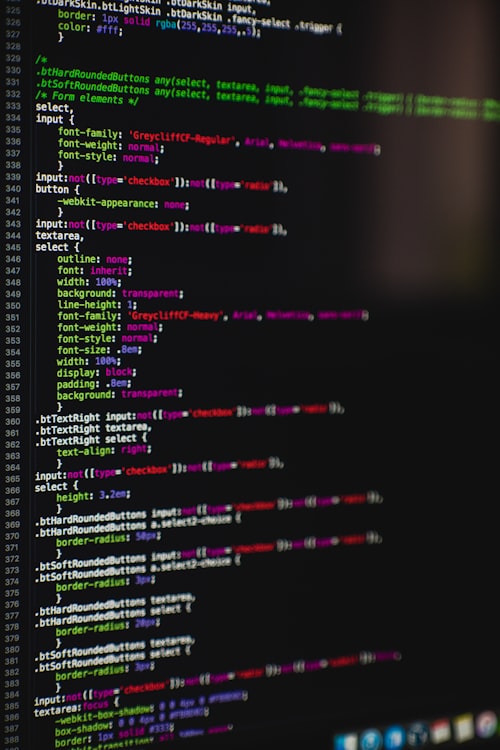Welcome to our comprehensive guide on email check in JavaScript, where we will explore the process of validating email addresses using JavaScript. As an expert in JavaScript development, I will provide you with valuable insights into email validation techniques, best practices, and common pitfalls to avoid. By implementing the strategies and code snippets discussed in this article, you can ensure that your web applications collect and handle valid email addresses effectively. Let's dive in!
The Importance of Email Validation
Email validation is crucial for several reasons:
Data Integrity: Validating email addresses ensures that only correctly formatted and legitimate emails are collected, improving the integrity of your data.
User Experience: By validating email addresses on the client-side, you can provide real-time feedback to users, alerting them to any errors and preventing submission of invalid emails.
Data Security: Validating email addresses helps protect your application and users from malicious inputs, such as email injections or spam.
Implementing Email Validation in JavaScript
Here are the key steps to implement email validation in JavaScript:
1. Regular Expressions -Use regular expressions (regex) to define the pattern for a valid email address. JavaScript provides built-in support for regex, allowing you to match and validate email addresses based on specific criteria.
2. JavaScript Functions -Write JavaScript functions to handle the email validation process. These functions should take an input email address and apply the regex pattern to determine its validity. They can also handle any additional checks, such as verifying the presence of a domain or checking for common disposable email providers.
3. Client-Side Validation -Perform email validation on the client-side using JavaScript to provide immediate feedback to users. This helps create a seamless user experience by preventing the submission of invalid email addresses without the need for a server round-trip.
4. Server-Side Validation -While client-side validation is essential for immediate feedback, it is crucial to perform server-side validation as well. Server-side validation acts as a final line of defense, ensuring that only valid email addresses are accepted and processed.
Commonly Asked Questions
1. Why is email validation necessary?
Email validation ensures that only properly formatted and legitimate email addresses are collected, improving data integrity and user experience.
2. Can I solely rely on client-side validation?
No, client-side validation should always be complemented by server-side validation to ensure the security and integrity of your data.
3. What are some common regex patterns for email validation?
Common regex patterns for email validation include checking the presence of an @ symbol, validating the domain, and allowing for specific characters in the local part of the email address.
Conclusion
Email check in JavaScript is a critical aspect of web development, ensuring that your application collects and handles valid email addresses effectively. By following the steps outlined in this guide and implementing the provided code snippets, you can achieve robust email validation and enhance data integrity and user experience. Start implementing email validation in JavaScript today and take your web applications to new heights!



